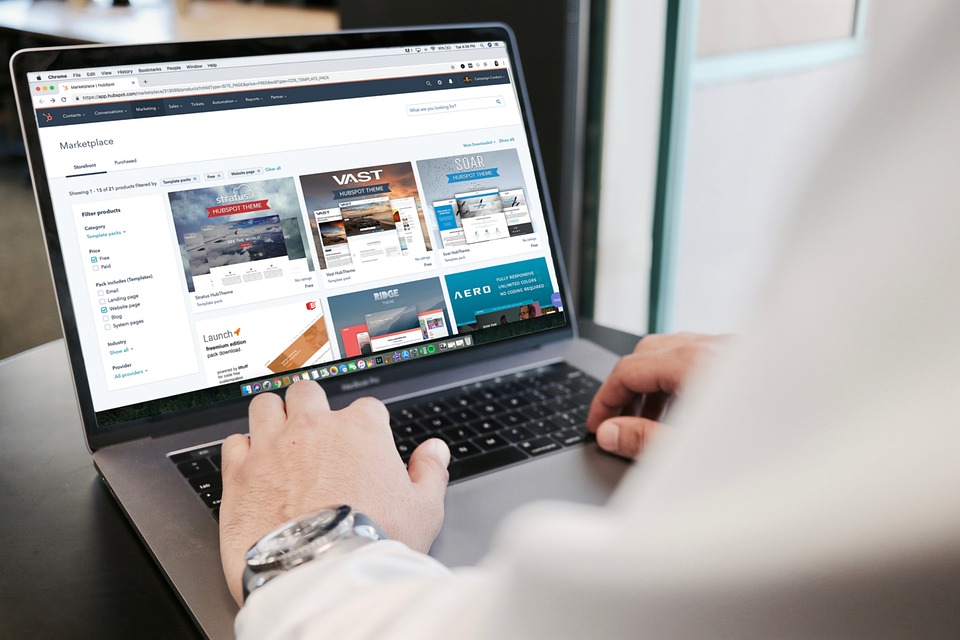Mastering the Art of Front End Web Design: Essential Tips and Techniques
In today’s digital era, having a strong online presence is crucial for any business or individual. And at the heart of every successful website lies effective front-end web design. The front-end of a website is the user interface, the part that users interact with. It not only needs to be visually appealing but also user-friendly and functional. In this article, we will explore essential tips and techniques that can help you master the art of front-end web design.
1. Understand the Basics:
Before diving into the world of front-end web design, it is essential to have a solid understanding of the basics. Familiarize yourself with HTML (Hypertext Markup Language), CSS (Cascading Style Sheets), and JavaScript. These three are the building blocks of front-end development. HTML provides the structure, CSS brings style and design, and JavaScript adds interactivity to your website.
2. Keep it Simple and Intuitive:
When designing the user interface, simplicity and intuitiveness should be your guiding principles. Avoid cluttering the page with excessive elements or overwhelming the user with complex navigation. A clean and straightforward layout will make it easier for users to navigate and find what they are looking for. Use clear and concise labels, well-organized menus, and logical information hierarchy to enhance the user experience.
3. Responsive Design:
In this mobile-centric world, it is essential to ensure that your website is responsive. Responsive design ensures that your website adapts to different screen sizes and devices, providing an optimal viewing experience. Test your website on various devices and screen sizes to ensure that it looks and functions well across all platforms. Utilize media queries in CSS to adjust the layout and design based on the screen size.
4. Typography Matters:
Typography plays a significant role in web design. Choose fonts that are easy to read and align with the overall style of your website. Avoid using too many different fonts as it can create a cluttered and unprofessional look. Consider the size, line spacing, and contrast to make the text visually appealing and legible. Utilize different font weights and styles to create hierarchy and emphasize important information.
5. Consistent Branding:
Maintaining consistent branding across your website is crucial for creating a strong visual identity. Use a consistent color palette, typography, and imagery that align with your brand. Create a style guide that outlines the specific colors, fonts, and design elements to be used throughout your website. Consistency in branding will help users recognize and remember your website, making it more memorable and impactful.
6. Optimize Images and Media:
Images and media elements can significantly impact the loading time of your website. Optimize your images by compressing them without compromising quality. Use the appropriate image formats (JPEG, PNG, GIF) based on the type of image. Lazy loading is a technique that loads images only when they are visible on the screen, reducing initial load time. Additionally, consider using video and audio elements sparingly and ensure they are properly optimized for faster loading.
7. Pay Attention to Performance:
Website performance is key to providing a positive user experience. Optimize your code and minimize file sizes to improve loading speeds. Use minification techniques to reduce the size of CSS and JavaScript files. Combine and compress multiple files whenever possible. Regularly test your website’s performance using tools like Google PageSpeed Insights or GTmetrix and make the necessary optimizations.
8. Accessibility:
Designing for accessibility ensures that your website is usable by all users, including those with disabilities. Use proper headings and semantic markup to create a logical structure. Provide alternative text for images to aid visually impaired users. Ensure that your website can be navigated using a keyboard for users who cannot use a mouse. Design with colorblindness in mind by considering color contrast ratios. Accessibility not only benefits users with disabilities but also improves overall usability for all users.
9. Stay Updated with Latest Trends and Technologies:
The field of front-end web design is constantly evolving, with new trends and technologies emerging regularly. Stay updated with the latest design trends, such as minimalism, micro-interactions, or dark mode, to keep your website fresh and modern. Explore new tools, frameworks, and libraries that can enhance your workflow and productivity. Actively participate in web design communities and forums to learn from others and stay ahead of the curve.
10. Test and Iterate:
Once you have designed and developed your website, it is crucial to test it thoroughly. Test your website on different browsers, devices, and operating systems to ensure cross-compatibility. Seek feedback from users and make necessary improvements based on their input. Regularly monitor user behavior using tools like Google Analytics to gain insights and make data-driven decisions for further optimization.
Mastering the art of front-end web design is an ongoing process that requires continuous learning and practice. By following these essential tips and techniques, you can create visually stunning, user-friendly, and highly functional websites that leave a lasting impression on your visitors. Remember, design with the user in mind, keep it simple, and stay up to date with the latest trends to stay ahead of the competition.




